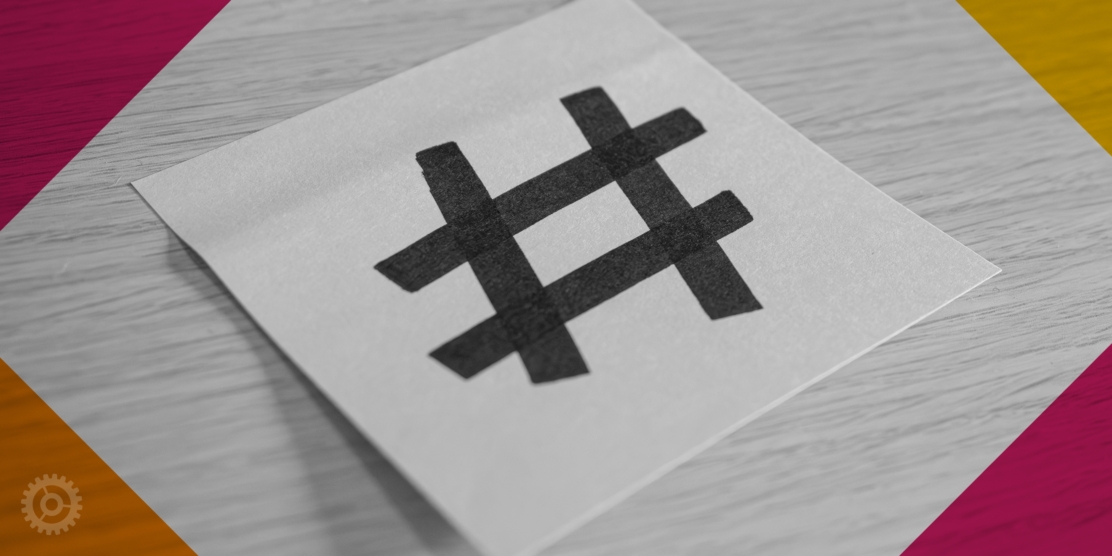
Did you know that Twitter first brought hashtags into our lives way back in 2007? They are more than just a trend; they have evolved into a dynamic language of connectivity, branding, and marketing. Every major brand and influencer uses them in every single caption and comment, and you should be too. Read on to learn why hashtags are important and how to best utilize them for the most effective results in today’s social media marketing landscape.
What are Hashtags?
Like an index helps readers quickly find topics within a book, hashtags help users discover content related to specific themes on social media platforms. They categorize and prioritize, offering a streamlined way to navigate vast amounts of information. For marketers, that makes hastags an incredibly valuable tool.
When you prefix any string of words with the “pound” or “hashtag” character (#), it transforms into a clickable link, connecting your post to an entire network of posts with the same tag. When a social media user clicks on a hashtag, they are directed to a collection of all posts featuring that tag, including yours.
Why are Hashtags Important?
With that one simple character, your content that would originally only have been seen by your followers can be seen by anyone clicking on or following that hashtag, potentially extending your audience reach by thousands!
Hashtags by the Numbers
Now that you understand how hashtags work and why you should be using them, you might be tempted to start using as many as possible. But that’s not the best strategy.
Each social platform has unique algorithmic preferences. Believe it or not, just because you can use as many hashtags as you want, doesn’t mean you should. If you add too many hashtags, you will be penalized for being “spammy.” Below are the current recommended amount of tags per post on each platform:
- LinkedIn: 2-3
- Instagram: 3-5
- Facebook: 2-4
- X: 1-2
- TikTok: 3-5
So, while the temptation to overfill your posts with tags to boost visibility is understandable, sticking to just a few will keep your posts looking clean and is more likely to yield better results.
Choosing Hashtags
Given the algorithmic preference for fewer hashtags, you will want to make the ones you select count. Ensure your chosen tags are not only relevant to your content but also strategically targeted to your intended audience.
Also, keep in mind that social media trends are changing more rapidly than they ever have — sometimes overnight. You need to stay alert to what’s in and what’s out and plan your posts accordingly. Before crafting your next post, explore industry-specific pages to spot trending topics and gain inspiration for your hashtags.
You can also utilize third-party tools like RiteTag to search for the most popular or effective hashtags. AI is also becoming a hugely useful tool in this area. With a few clicks, apps like Hootsuite’s hashtag generator help create relevant and engaging hashtags for your posts. But remember, always track your analytics and make adjustments based on what works best for you.
Accessible Hashtags
We strongly recommend that you capitalize the first letter of words in your hashtags for accessibility. It helps screenreaders read hashtags aloud to people who are blind, and it is also easier for people with cognitive disabilities. There is also a danger of your hashtags being misread when they are all lowercase. Back in 2013, the hashtag #nowthatchersdead caused confusion. It was about Margaret Thatcher, but many people read it as Cher. Yikes! Hashtags function the same with and without capitalization, so opt for clarity.
Happy Tagging!




